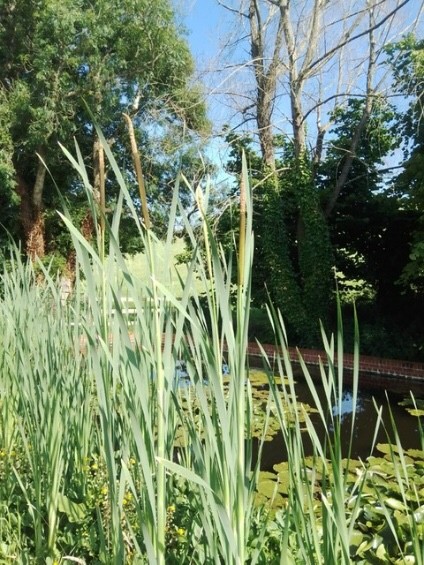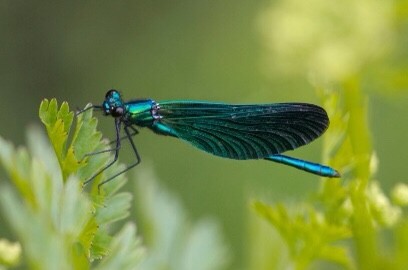I’m back in Dorset for a few days catching up with what may have changed since I was here during lockdown last summer. It is early summer and nature has produced her early annual miracles again, so all is well. Staying with my son in Winterborne Houghton again I’ve joined the returning swallows. They are swooping over the fish farm collecting flies and the familiar Little Egret is poised over one of the tanks ready to take his meal as well. Last time I was in my son’s garden he was working on the steep bank that runs up to the farmer’s field and his cows. Now there is a zig-zag path and a small seating area where we can relax and watch the wildlife. The buzzards I had previously seen circling above the trees are now venturing much closer and hunting nearer the ground right in front of me. They really are large impressive birds and are now Britain’s most common bird of prey. They are hunting for small mammals or carrion but the young rabbits I had been watching, scurry away just in case they feature on the menu.

Beside the village pond the Great Reed Mace or Bulrushes are growing in the shallows of the still water. They are very tall, about 2 metres at the moment and their iconic brown sausage-shaped seed heads are unmistakeable.
Further up by the river, the mauve flowers of Indian Balsam hang orchid-like, making a splash of colour along the banks. Their shape has given it the common name of Policeman’s helmet but it is also known as Jack- in -the -box due to the way that the seed pods explode when disturbed in the autumn dispersing the seeds up to 7 metres.
We ventured further afield in Dorset spending some time on the heathland and sand dunes of the Studland Peninsula. An important nature reserve where the Marram Grass holds the sand together creating an extensive area of dunes rich in a different range of flora and fauna towards “Little Sea” the RSPB freshwater lagoon but we moved on as time did not allow a visit to one of the hides. We also avoided the naturist beach as we were not dressed appropriately.

We spent some time at Keyneston Mill exploring a collection of gardens dedicated to various fragrances and practical trial beds where unusual varieties are cultivated. The river meadow, bordered by willows, follows the bank of the river Stour where butterflies were fluttering, but the most stunning sight was the abundance of Desmoiselles. Looking like a dragonfly but, in fact, a damselfly, the male has metallic blue wings which flutter to attract the green bodied, females by its dance moves.
I could not capture an image on my mobile phone camera , so I used this one which I credit to The Wildlife Trust.
bm